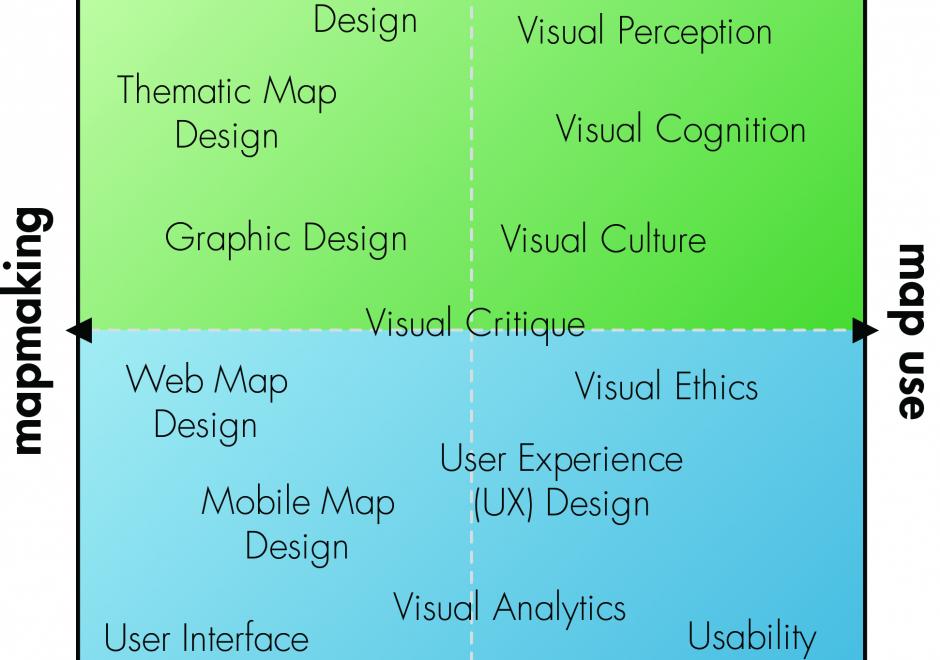CV-13 - User Interface and User Experience (UI/UX) Design

Advances in personal computing and information technologies have fundamentally transformed how maps are produced and consumed, as many maps today are highly interactive and delivered online or through mobile devices. Accordingly, we need to consider interaction as a fundamental complement to representation in cartography and visualization. UI (user interface) / UX (user experience) describes a set of concepts, guidelines, and workflows for critically thinking about the design and use of an interactive product, map or otherwise. This entry introduces core concepts from UI/UX design important to cartography and visualization, focusing on issues related to visual design. First, a fundamental distinction is made between the use of an interface as a tool and the broader experience of an interaction, a distinction that separates UI design and UX design. Norman’s stages of interaction framework then is summarized as a guiding model for understanding the user experience with interactive maps, noting how different UX design solutions can be applied to breakdowns at different stages of the interaction. Finally, three dimensions of UI design are described: the fundamental interaction operators that form the basic building blocks of an interface, interface styles that implement these operator primitives, and recommendations for visual design of an interface.


CV-38 - Usability Engineering & Evaluation
In this entry, we introduce tenets of usability engineering (UE) and user-centered design (UCD), interrelated approaches to ensuring that a map or visualization works for the target use. After a general introduction to these concepts and processes, we then discuss treatment of UE and UCD in research on cartography and geographic visualization. Finally, we present a classification of UE evaluation methods, including a general overview of each category of method and their application to cartographic user research.